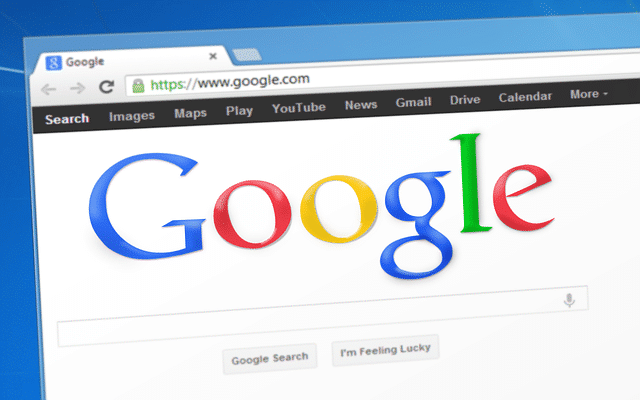Artificial intelligence is big these days, with the debate centering on the ethics of a computer brain some day rivaling its human counterpart. Of course, this is nothing new. Hal, the famous computer from 2001: A Space Odyssey, released way back in 1968, seemed way too smart for his britches, er, circuits back almost 60 years ago. Then there’s Mother from Alien, who was obviously smarter than everyone else on the Nostradamus. And on and on. Science fiction is full of scary artificial intelligence.
But Google’s not scared. It uses an artificial intelligence system called RankBrain to help make sense of search requests. Technically they call it a machine-learning artificial intelligence system.
What is machine learning and artificial intelligence?
Machine learning takes us pesky humans out of the equation, allowing a computer to teach itself to do something, rather than needing our flesh and blood selves to teach it.
Artificial intelligence basically means that a computer could be as smart as a human. This would be a combination of things it has been taught along with acquired knowledge, and then expanding on that by making its own connections. Thus far at least, humans still kick A.I.’s butt.
Is RankBrain its own thing, or part of Google’s search algorithm?
RankBrain isn’t new and it’s not on its own. RankBrain is simply part of Google’s massive computer program that sorts through billions of webpages and spits out the ones you want to see. The algorithm that controls how it finds the pages you hopefully actually are looking for is the thing, and it’s changing all the time. RankBrain is just a part of that.
Just as RankBrain is part of the algorithm, there are other named parts that handle certain functions. For instance, Panda, Penguin, and Payday fight spam; Pigeon improves local results; Top Heavy demotes pages that are too ad heavy; and Pirate hates copyright infringers.
Google says that RankBrain is its third-most important signal contributing to search results. First is links, second is content. All in all, Google has over 200 major ranking signals.
So, what does RankBrain do?

RankBrain’s part of the search job is to interpret the search requests the puny minds of us humans make that maybe aren’t exactly what we mean. This has been an ongoing progression for Google. Originally, if you entered the word “shoe,” only singular results would come back. “Shoes” was a different word, so it didn’t show up. But Google incorporated what it calls “stemming” to help understand variations of words, expanding search accuracy.
In 2012, it added the Knowledge Graph to make its searching even smarter. Knowledge Graph made Google more effective understanding connections between words.
RankBrain expands on this. It helps to better understand multi-word queries, called “long-tail” in the industry. RankBrain is designed to work behind the scenes to interpret what a searcher really is looking for, even if his or her syntax was, uh, too human. RankBrain sees patterns between seemingly unconnected complex searches to see how they’re actually similar to each other. This is a continual learning process for RankBrain, hence the machine learning moniker. RankBrain turns a Google search that could be deemed as somewhat ambiguous due to the wording used into something specific that matches what the searcher actually wanted.
In theory, RankBrain will continue to improve its knowledge through the connections it is continually making. As this improves, your search wording can be less and less exact, but still just as effective.


